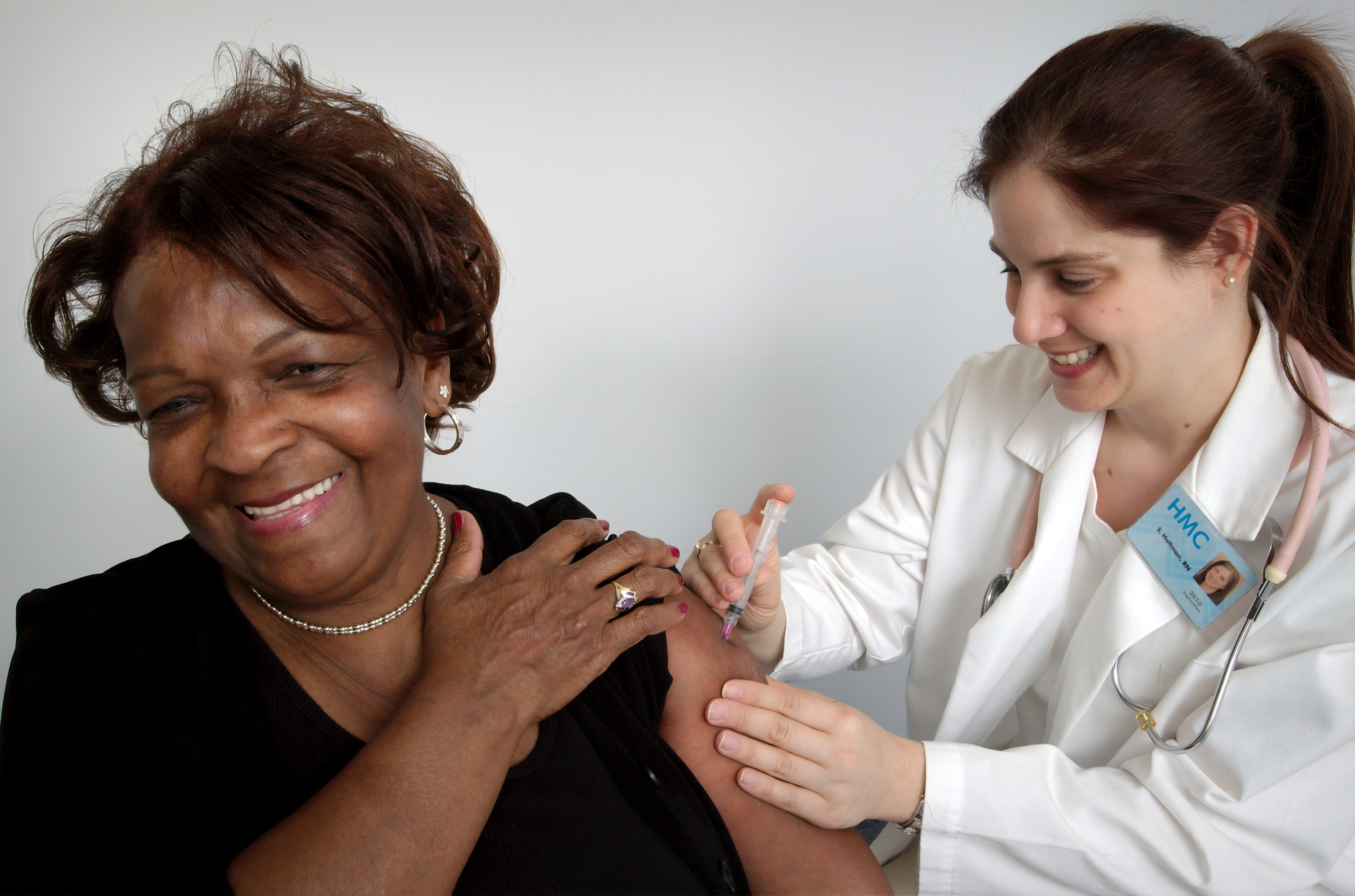Delivering the 2020 Influenza Program has many challenges for general practice. Older Australians have heard the messages about social distancing and may be avoiding contacting their practice to ask about flu shots. Practices must consider how to bring patients in for immunisation, reducing the risk to both staff and patient. All practices will require specifically designed solutions.
Some suggestions:
Would a specified flu clinic time be best for your patients? For example, in the morning before seeing other appointments?
Should you separate flu clinics from routine childhood immunisation?
Can you plan a circular route, such as car> treatment room> waiting room> exit to avoid patients crossing paths? Number each step so the patient knows where to move next.
Practice nurses or reception staff could proactively ring patients eligible for a government-funded flu shot to explain the process and book them in.
Spacing appointments at 10 to 15 minutes will allow for infection prevention and control procedures between patients.
A GP must still write a legal prescription/order for a nurse who is not a Nurse Immuniser. The GP could use telehealth to complete pre-immunisation screening, take informed consent, ask about uploading a Shared Health Summary (SHS) to MyHealthRecord and then write the order in the clinical notes. The nurse can then call the patient into the clinic when ready.
Can you utilise a sneeze screen between the nurse and patient?
Consider the opportunity for quality improvement. Rather than sit the patient in the waiting room for 15 minutes post immunisation, could the nurse update their BP, BMI, social history and smoking and alcohol intake?
Practice nurses should bill an Item 10997 for patients with a current GPMP for a chronic condition that would benefit from flu immunisation, such as, diabetes, respiratory or cardiac disease. Item 10990 should be added for eligible patients.
Does your practice have a second entrance? An area screened for privacy near the second door may be suitable for immunisation.
Use DHHS pre-immunisation checklist tear off pad giving one to every patient rather than laminated copies.
Ask all immunisation patients to wear easy access clothes. Short sleeves and jackets, not long sleeves and jumpers.
If considering a ‘drive-through’ clinic, contact your medical indemnity insurance to ensure coverage. Consider how the patient will be observed for signs of anaphylaxis, having two people in the car may make it easier to raise the alarm in the event of one becoming unwell. How will you manage if the weather does not permit staff working outside? Telehealth can be utilised for the pre-immunisation screening and writing in clinical notes.
At this time, it is essential that every immunisation record be uploaded to AIR and a SHS to the patient’s My Health Record. Ask every patient for permission to upload and consider how the GPs and RNs can collaborate on uploading.
